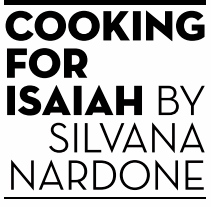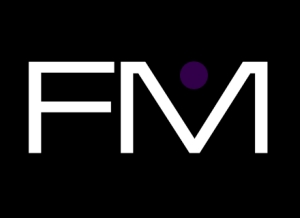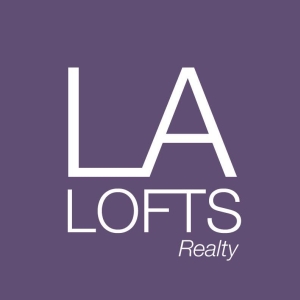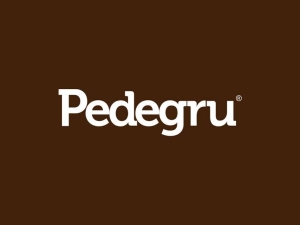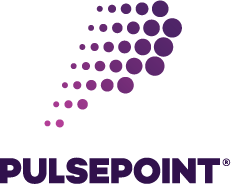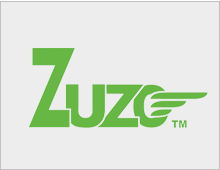Filing a trademark application isn’t the same thing as having a registered trademark — it’s just a step in a process, and usually not even the first step if things are done the right way. (The first step in filing for a trademark should be having a clearance search done.) What many people do not realize, however, is that even if a Trademark Examining Attorney approves of a trade mark application, it has to go through a 30-day publication period where it can be opposed by third parties.
This allows rights holders an opportunity to oppose trademarks that they believe were wrongfully approved for publication. Decisions as to which trademarks should and should not be registered are not always obvious, and Examining Attorneys do sometimes make subjectively interesting decisions, to put it nicely. On the other hand, the opposition process can be used by overreaching trademark holders to carve out a broader scope of trademark rights than the law would otherwise normally afford. Many small companies and start-ups don’t have the tens of thousands of dollars necessary to fight an opposition proceeding to a conclusion, and can be bullied by multi-billion dollar corporations into abandoning otherwise valid trade marks.
A clearance search can sometimes help to identify if such corporate aggressors are lurking in the shadows, although other times the oppositions are so outrageous that they would be difficult to predict. There are times when the parties might be able to come to a co-existence agreement, but it all depends on the marks in issue and the companies involved as to how these issues resolve themselves. Other times, it might be advisable to pass up an otherwise available mark to avoid an inevitable conflict with an 800 pound corporate gorilla. An experienced trademark attorney, can advise clients as to their options under the circumstances and help to devise the best strategy for anticipating and dealing with these types of issues.
